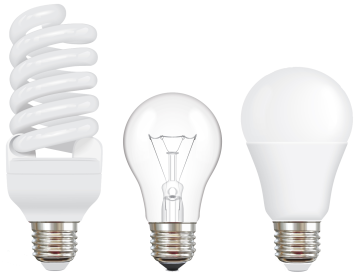Light bulbs and statistics
Use statistics to explore electricity usage.
- Grade 11
- 2 activities
- 40 mins

Big idea
Develop your students’ ability to use statistics to analyze electricity consumption.
Learning objectives
In these activities, students will:
- Estimate whether their household light bulb usage is above or below average and analyze class data using measures of variance (central tendency and standard deviation).
- Use primary data on the number of lights in their home to calculate and interpret z-scores.
- Use mathematical evidence to draw sound mathematical conclusions about their home's energy usage.
Activities

How does your use of lights measure up?
Determine if your household usage of light bulbs is above or below average.
Grade 11
Thought starter
20 mins
BC curriculum fit
Math 11
Big idea
- Statistical analysis allows us to notice, wonder about, and answer questions about variation
Content
- Applications of Statistics:
- Variation occurs in observation
- How do we analyze data and make decisions?
- How would you describe variation?
- When analyzing data, what are some factors that need to be considered before making an inference?
- Posing a question about an observed variation, collecting and interpreting data, to answer the question
- Measures of central tendency, standard deviation, z-scores and distribution
Curricular competencies
Reasoning and modelling
- Explore, analyze, and apply mathematical ideas using reason, technology, and other tools
Understanding and solving
- Visualize to create and use mental images to support understanding
- Develop, demonstrate and apply mathematical understanding through inquiry and problem-solving
Connecting and reflecting
- Reflect on mathematical thinking
- Connect mathematical concepts with each other, other areas, and personal interests
- Use mistakes as opportunities to advance learning
Assessments
Assess your students’ abilities to:
- Understand the statistical concept of variance and measures of mean and standard deviation;
- Connect personal experiences within a broader context (the community);
- Use appropriate vocabulary (e.g., variance, mean, and standard deviation) in their explanations;
- Pay close attention to appropriate details; and
- Use mathematical evidence to make sound mathematical decisions or conclusions.
Background info
To complete these activities, students would need to understand the concepts of central tendency and standard deviation.
Adaptions/modifications
- Students could use a spreadsheet or technology to perform the calculations.


